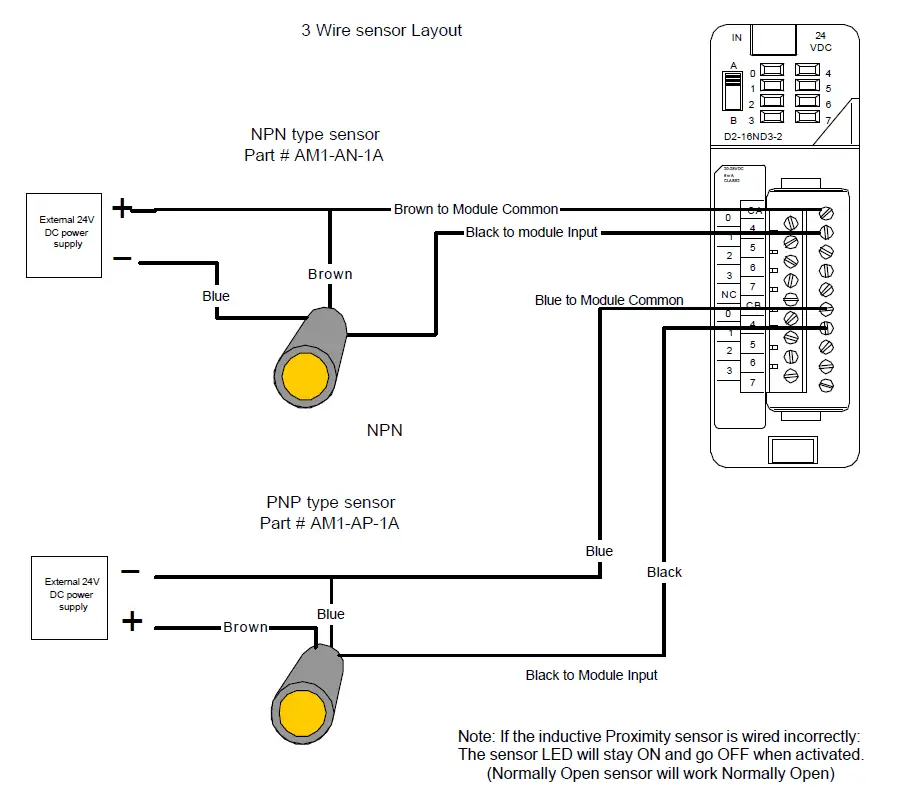

It works only in coordination with the primary cookie. Records the default button state of the corresponding category & the status of CCPA. My theory so far: the 20K pulls down the base of the PNP to ground, so initially the PNP is on (VBE negative, more negative than 0.6V) - which means that NPN is also on (VBE also much higher than 0.6V). The cookie is used to store the user consent for the cookies in the category "Performance". Per scegliere un sensore PNP rispetto a un sensore NPN, è necessario tenere conto del tipo di circuito in cui il sensore verrà utilizzato. This cookie is set by GDPR Cookie Consent plugin. Innanzitutto, è bene sapere che PNP e NPN non hanno nulla a che vedere con il fatto che il sensore abbia un’uscita normalmente aperta (NO) o normalmente chiusa (NC). The cookie is used to store the user consent for the cookies in the category "Other. This cookie is set by GDPR Cookie Consent plugin. The cookies is used to store the user consent for the cookies in the category "Necessary". The cookie is set by GDPR cookie consent to record the user consent for the cookies in the category "Functional". The cookie is used to store the user consent for the cookies in the category "Analytics".

Pi pouití v tradiním ovládacím obvodu typu relé je obvykle moné pouít bu PNP, nebo typ NPN snímae, jak je znázornno níe. Set by the GDPR Cookie Consent plugin, this cookie is used to record the user consent for the cookies in the "Advertisement" category. Volba snímae PNP vi snímai NPN je urena povahou obvodu, ve kterém má být zaízení pouito. These cookies ensure basic functionalities and security features of the website, anonymously. The output stages of most transistor audio power amplifiers exploit this NPN/PNP symmetry and really do work this way.Necessary cookies are absolutely essential for the website to function properly. The PNP Transistor is the exact opposite to the NPN Transistor device we looked at in the previous tutorial. The tops and bottom halves of such circuits are then mirror images of each other about ground, which requires flipping the polarity of the transistors. From the sensor point of view, sensors with NPN output configuration acts as. It shouldn't be hard to imagine that you can use one polarity transistor to pull high and the opposite polarity to pull low. The major difference between NPN and PNP lies in the way it is used in the circuit. Individual transistors pull in one direction, and the rest of the circuit has to pull in the other direction if you want the signal to go that way. Think of something like a audio power amplifier that needs to drive its output equally above and below ground. However, having complementary parts can be very useful and allows for circuit topologies not possible using just one polarity.

For example, if the PNP transistor was being used as an emitter follower, and you have the headroom, you may be able to use an NPN in common emitter, with RcRe so that its gain is (approx) 1. You could do similar things today by designing a audio power amplifier, for example, using only NPN or only PNP transistors. There may be solutions, depending on the configuration of the PNP stage. It would have often been convenient to have the complement of NPN or N-channel vacuum tubes, but those didn't exist. Well actually, they weren't called transistors but "vacuum tubes". For many years, we did use only NPN transistors.


 0 kommentar(er)
0 kommentar(er)
